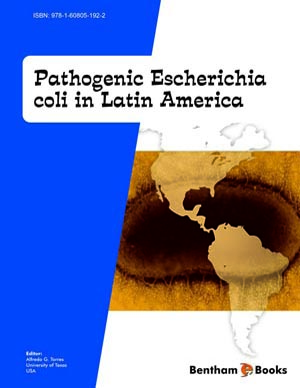Abstract
Pathogenic Escherichia coli comprise several pathotypes which are able to carry out different manifestations in animals and humans. Some strains cause zoonotic diseases, affecting both animals and humans, while others use the animal as a carrier only, becoming pathogenic for it only circumstantially. A greater understanding of the role of reservoirs, virulence characteristics of the E. coli strains they carry, and transmission routes is necessary for developing methods of epidemiology, control and prevent infectious diseases caused by E. coli.


